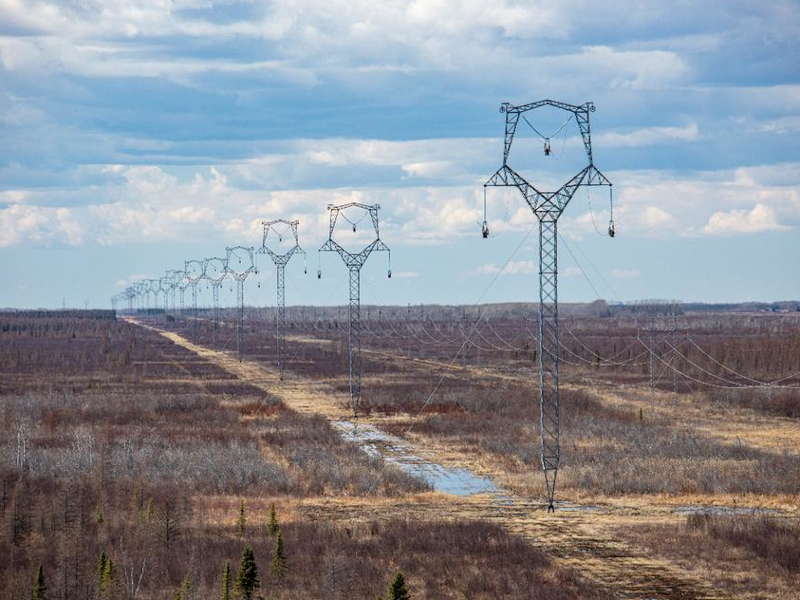The Great Northern transmission line (GNTL) is the southern portion of the greater Manitoba-Minnesota transmission project to deliver clean electricity from the hydroelectric dams in Manitoba, Canada to Minnesota, US.
The GNTL is a 500kV overhead, single-circuit, alternating current (AC) transmission line that runs for approximately 361km from the Canada-US border in the Roseau County to a substation near Grand Rapids, Minnesota.
The construction of the £460m ($560m) GNTL project was completed by operator Minnesota Power, a subsidiary of ALLETE in February 2020, while the Canadian section of the Manitoba-Minnesota transmission project was completed by Manitoba Hydro £395m ($490m).
Both the sections of the Manitoba-Minnesota transmission project were energised and brought into service in June 2020.
The Great Northern transmission line is currently delivering approximately 250MW of hydropower from Manitoba to Minnesota. Its design transmission capacity is up to 883MW.
The GNTL project background
The Great Northern transmission line (GNTL) project was proposed by Minnesota Power in 2013 and an application for the Presidential permit for the Canada-US border crossing of the line was submitted in April 2014.
The final environmental impact assessment (EIA) report was approved by the US Department of Energy (DOE) in 2015 while the Presidential permit was received after amendments to the original application in November 2016. The construction of the project was started in December 2017.
The GNTL is intended to enable Minnesota Power to integrate 50% emission-free renewable energy in its energy mix by 2021.
The Great Northern transmission line route and design details
The 361km-long Great Northern transmission line connects to Manitoba Hydro’s Manitoba-Minnesota transmission line at the Canada-US border in the Roseau County.
It passes through the portions of the Lake of the Woods, Koochiching, and Itasca counties to terminate at the Iron Range 500 kV substation built near the pre-existing Blackberry 230/115kV substation near Grand Rapids, Minnesota.
The Great Northern overhead transmission comprises 800 self-supporting tower structures made of approximately 10,000 tonnes (t) steel. The heights of the towers range from 110ft to 150ft depending on the structure type and terrain. Approximately 3,541km of wires were used for the transmission project.
The right of way for the transmission line is approximately 200ft-wide and the project saw the permanent conversion of approximately 2,745acres of forests and shrublands for preparing the right-of-way.
Contractors involved
Hooper Corporation in partnership with Wilson Construction was contracted for the construction of the first two segments of the Great Northern transmission line project.
The Canadian section of the Manitoba-Minnesota transmission project
Manitoba Hydro’s Manitoba-Minnesota 500kV AC transmission line starts at the Dorsey converter station near Rosser, northwest of Winnipeg, in Manitoba, and travels south along the Southern Loop corridor to connect to Minnesota Power’s Great Northern transmission line at the Manitoba-Minnesota border.
The Manitoba-Minnesota overhead transmission line comprises guyed as well as self-supported towers spaced at an average distance from 400m to 500m between each other. The heights of the towers range from 40m to 60m.
The self-supporting steel lattice towers have been erected in cultivated croplands while the guyed steel towers stand mostly in non-cultivated lands along the route. The right-of-way for the self-supporting towers is approximately 80m-wide while that for the guyed towers is 100m.
The transmission project also involved upgrades to the Dorsey, Riel, and Glenboro converter stations in Manitoba.
The project received regulatory approval from the National Energy Board of Canada in August 2019 and the tower assembly began a month later, while the first stage of line stringing using a helicopter began in December 2019.





